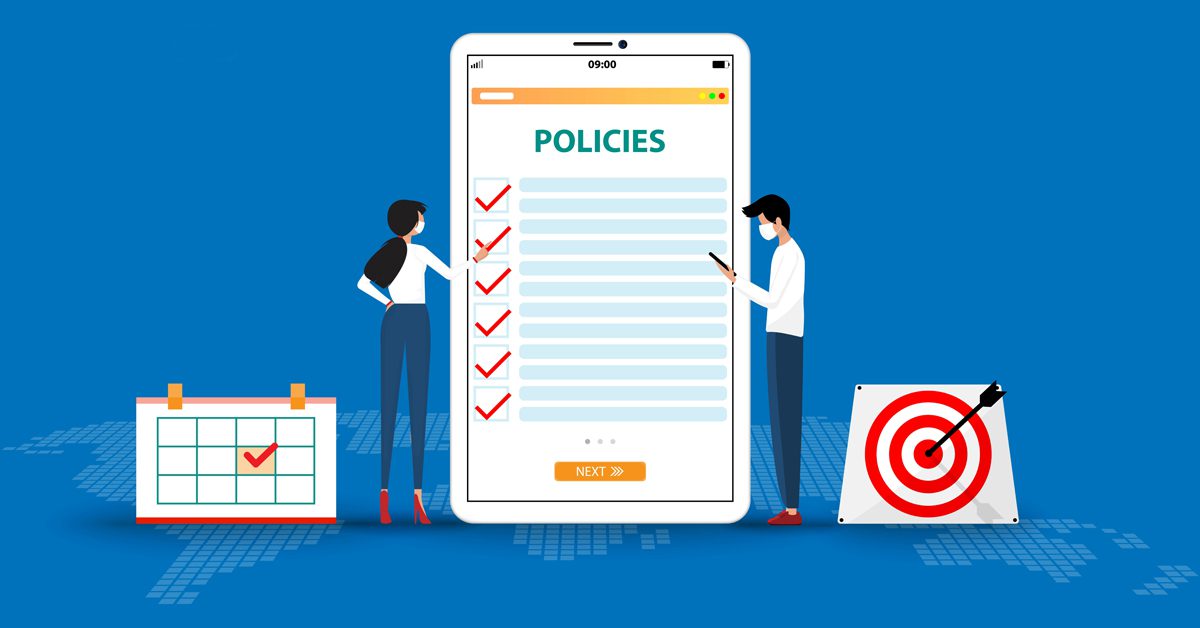
A health and safety policy is a document that sets out an organisation’s commitment to health and safety. It outlines the organisation’s approach to managing health and safety risks and the responsibilities of different people in the organisation for health and safety. This policy is an important tool for preventing accidents and injuries in the workplace as it helps to ensure that everyone in the organisation is aware of their health and safety responsibilities, and that risks are managed effectively.
When should you review your policy?
You should update your health and safety policy at least annually to keep it up-to-date with changes in legislation, your organisation’s activities, and the risks to health and safety. You should also update your policy if there is an accident or incident that highlights a need for improvement.
Here are some specific reasons why you might need to update your health and safety policy:
- Changes in legislation: The law on health and safety changes regularly, so you need to make sure that your policy complies with the latest requirements, especially if you adhere to additional standards such as ISO 45001.
- Changes in your organisations activities or processes: If your organisation’s activities change, the risks to health and safety may also change. You need to make sure that your policy reflects these changes.
- New risks: If you identify new risks to health and safety, you need to make sure that your policy addresses these risks. These can include both process-related and employee-related (e.g. pregnant worker) risks.
- Accidents or incidents: If there is an accident or incident, you need to review your policy to see if it could have been prevented. If so, you need to make changes to the policy to reduce the risk of similar accidents or incidents happening in the future.
Finally, when you update your health and safety policy, you should involve all relevant stakeholders, such as employees, managers, and safety representatives. It is essential that the policy is communicated to all employees and that they understand their responsibilities under the policy and appropriate action is taken (for example, if training for a new process is required, then it is essential this is organised).
Here are some specific communication tools that you can use to communicate your health and safety policy to employees:
- Face-to-face meetings: This is a good way to get employees’ feedback and answer their questions.
- Intranet articles: This is a good way to reach a large number of employees at once.
- Safety posters: This is a good way to communicate simple messages in a visual way.
- Toolbox talks: These are short, informal talks that can be given by managers or supervisors to discuss specific health and safety topics.
- Employee training: This is a good way to ensure that employees understand the policy and their responsibilities.
By regularly updating your health and safety policy, you can help to ensure that your organisation is protected from accidents and injuries, and that your employees are working in a safe environment.
Latest News
Riskex Limited
BizSpace
Linford Forum
18 Rockingham Drive
Milton Keynes
Buckinghamshire
MK14 6LY
What3words reference:
Contact us
Make an enquiry:
Company No. 05174302
VAT No. 844 5092 22


